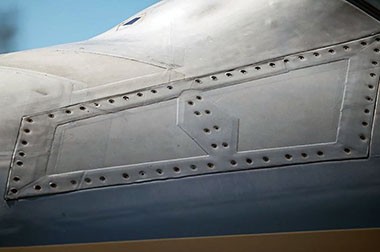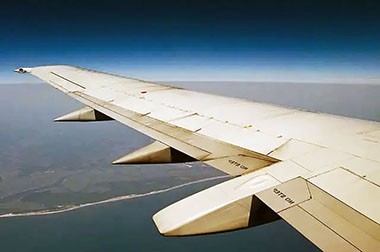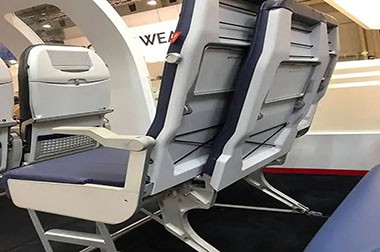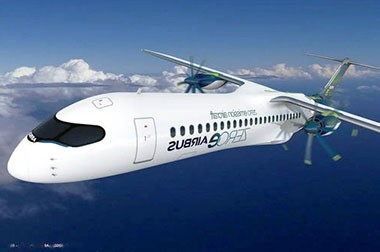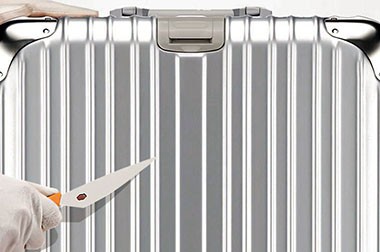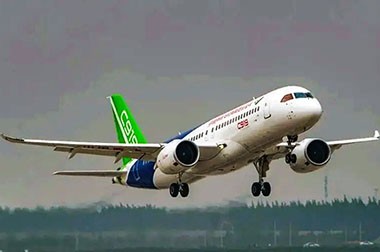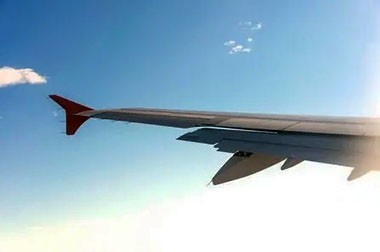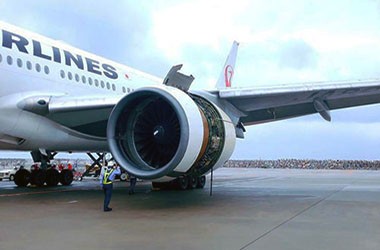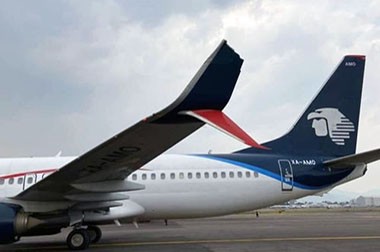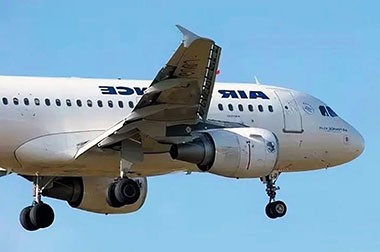Top 5 Aeronautical Aluminum Alloys Used in Aircraft
Aeronautical Aluminum Alloys are popular mainly for 2024, 6061, 7075, 7050, and 6063. These aluminum alloys each have unique characteristics that meet the diverse performance requirements of the aerospace industry.
Selecting the appropriate Aeronautical Aluminum Alloys according to different application needs is crucial for ensuring the safety and performance of aircraft structures.
Top 5 Aeronautical Aluminum Alloys
- 2024 Aluminum Alloy: High strength, suitable for high-load structures.
- 6061 Aluminum Alloy: Good overall performance, suitable for various processing and welding.
- 7075 Aluminum Alloy: Extremely high strength, suitable for parts that endure high stress.
- 7050 Aluminum Alloy: Excellent strength and fatigue resistance, with good corrosion resistance.
- 6063 Aluminum Alloy: Good workability and surface treatment capabilities, suitable for medium-strength applications.
Aeronautical Aluminum Alloys Used in Aircraft
Aeronautical Aluminum 2024 Alloy Used in Aircraft
Aeronautical Aluminum 2024 is widely used in structural components of aircraft, such as wings, fuselage, and landing gear, which require high strength.
Aeronautical Aluminum Alloy 2024 Characteristics
- High Strength: 2024 aluminum alloy has excellent strength, especially after heat treatment, with a tensile strength exceeding 570 MPa.
- Good Fatigue Strength: Suitable for structures that endure repeated loads.
- Poor Corrosion Resistance: Due to its high copper content, 2024 aluminum alloy is prone to corrosion in certain environments, so surface treatment (such as anodizing) is usually required.
Aeronautical Aluminum 6061 Alloy Used in Aircraft
Aeronautical Aluminum 6061 is commonly used in components such as brackets, pipes, and frames of aircraft, especially in parts requiring welding.
Aeronautical Aluminum Alloy 6061 Characteristics
- Good Overall Performance: 6061 aluminum alloy has good mechanical properties, corrosion resistance, and weldability, suitable for various processing methods.
- Moderate Strength: Its tensile strength typically ranges from 260 to 310 MPa, suitable for medium-strength applications.
- Good Workability: Easy to process and form, suitable for various manufacturing processes.
Aeronautical Aluminum 7075 Alloy Used in Aircraft
Aeronautical Aluminum 7075 is widely used in structural components of aircraft, such as wing frames, landing gear, and other high-load parts.
Aeronautical Aluminum Alloy 7075 Characteristics
- Extremely High Strength: 7075 aluminum alloy is one of the strongest aluminum alloys, with a tensile strength exceeding 700 MPa.
- Good Fatigue Performance: Suitable for use in high-stress environments.
- Poor Corrosion Resistance: Similar to 2024 aluminum alloy, 7075 aluminum alloy also requires corrosion protection.
Aeronautical Aluminum 7050 Alloy Used in Aircraft
Aeronautical Aluminum 7050 is commonly used in high-strength structural parts of aircraft, such as fuselage and wings.
Aeronautical Aluminum Alloy 7050 Characteristics
- Excellent Strength and Fatigue Resistance: 7050 aluminum alloy has extremely high strength after heat treatment, and its fatigue strength is superior to that of 7075 aluminum alloy.
- Good Corrosion Resistance: The corrosion resistance of 7050 alloy is relatively good, making it suitable for use in harsh environments.
- Good Weldability: Compared to other high-strength aluminum alloys, 7050 has better weldability.
Aeronautical Aluminum 6063 Alloy Used in Aircraft
Aeronautical Aluminum 6063 is widely used in aircraft structural components, cabin interiors, window frames, doors, and other parts, especially in applications requiring aesthetics and corrosion resistance.
Aeronautical Aluminum Alloy 6063 Characteristics
- Good Workability: 6063 aluminum alloy is very suitable for extrusion, easy to process and form, commonly used for manufacturing complex profiles.
- Moderate Strength: Its tensile strength typically ranges from 240 to 310 MPa, suitable for medium-strength applications.
- Good Surface Treatment Capability: After anodizing, 6063 aluminum alloy has a smooth surface, offering good aesthetics and corrosion resistance.
- Good Weldability: Suitable for various welding methods, such as MIG and TIG welding.

